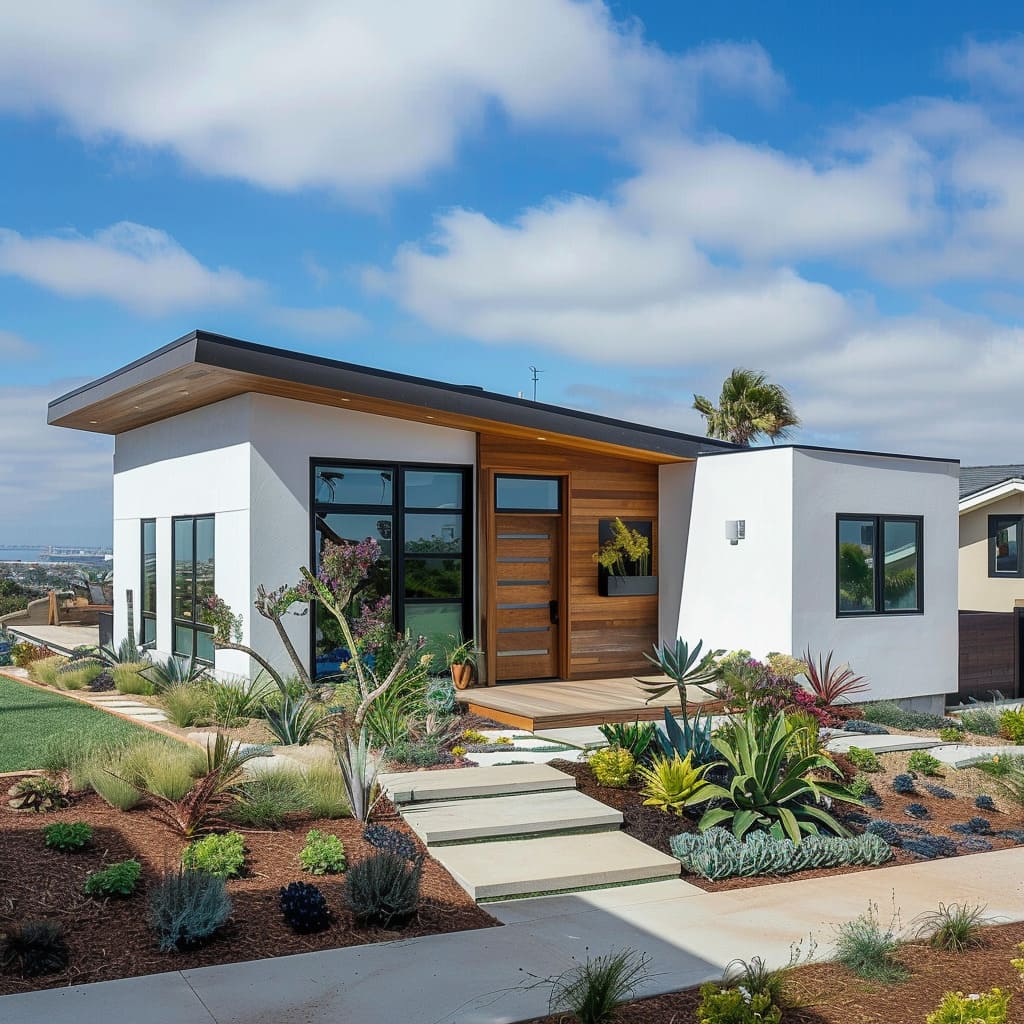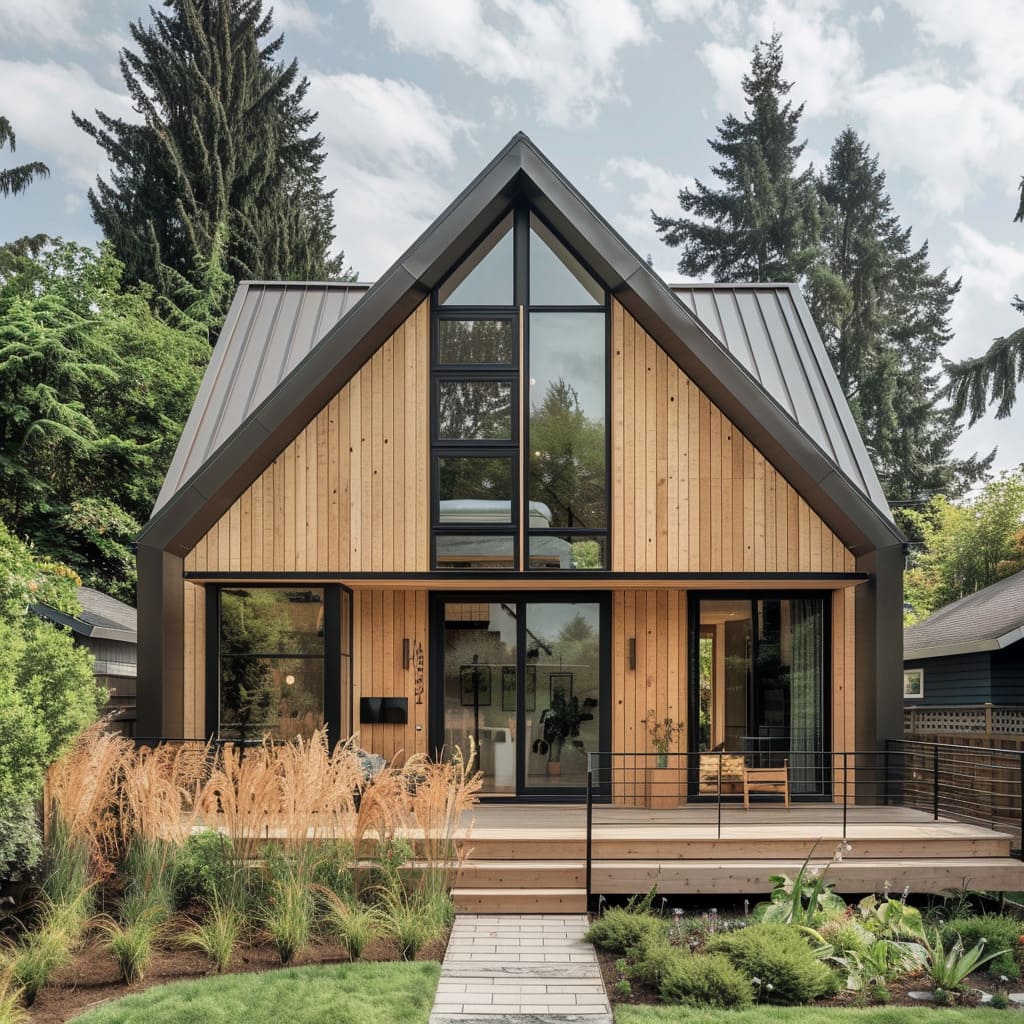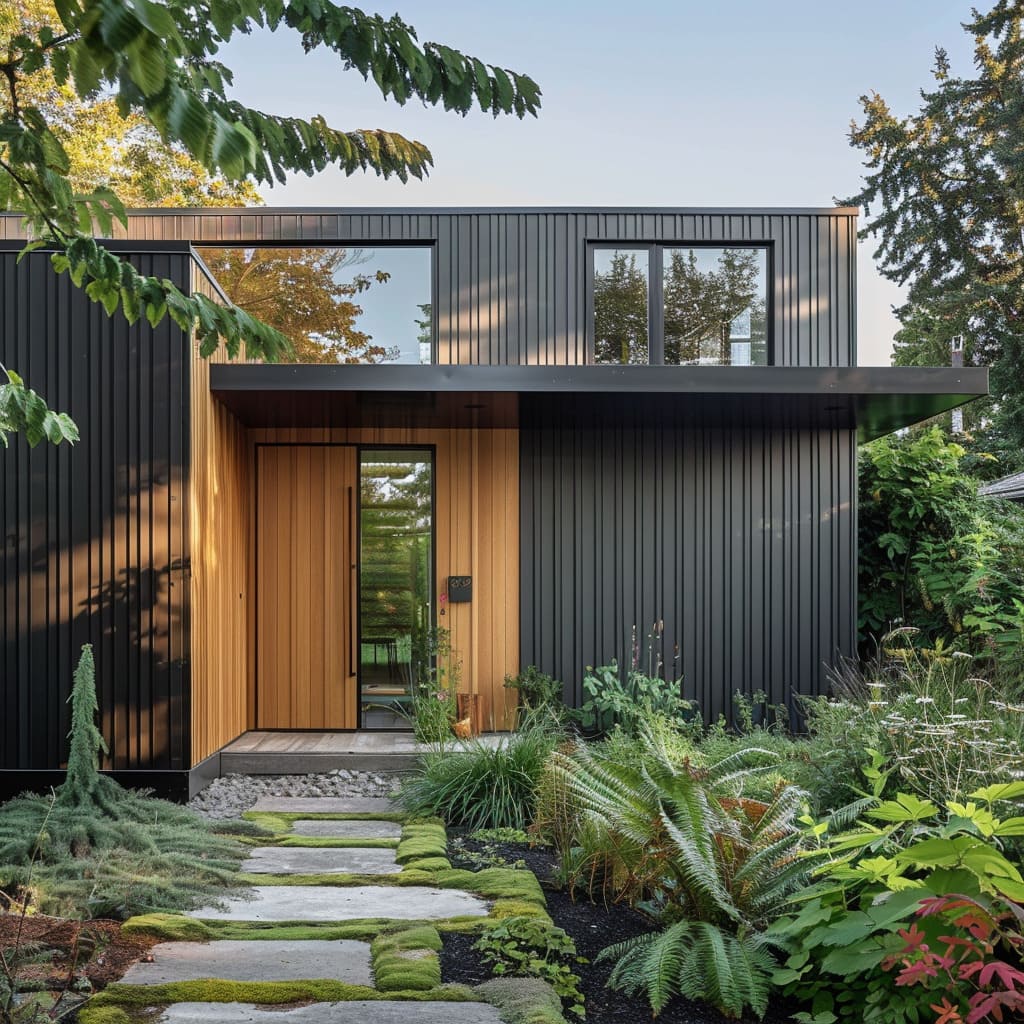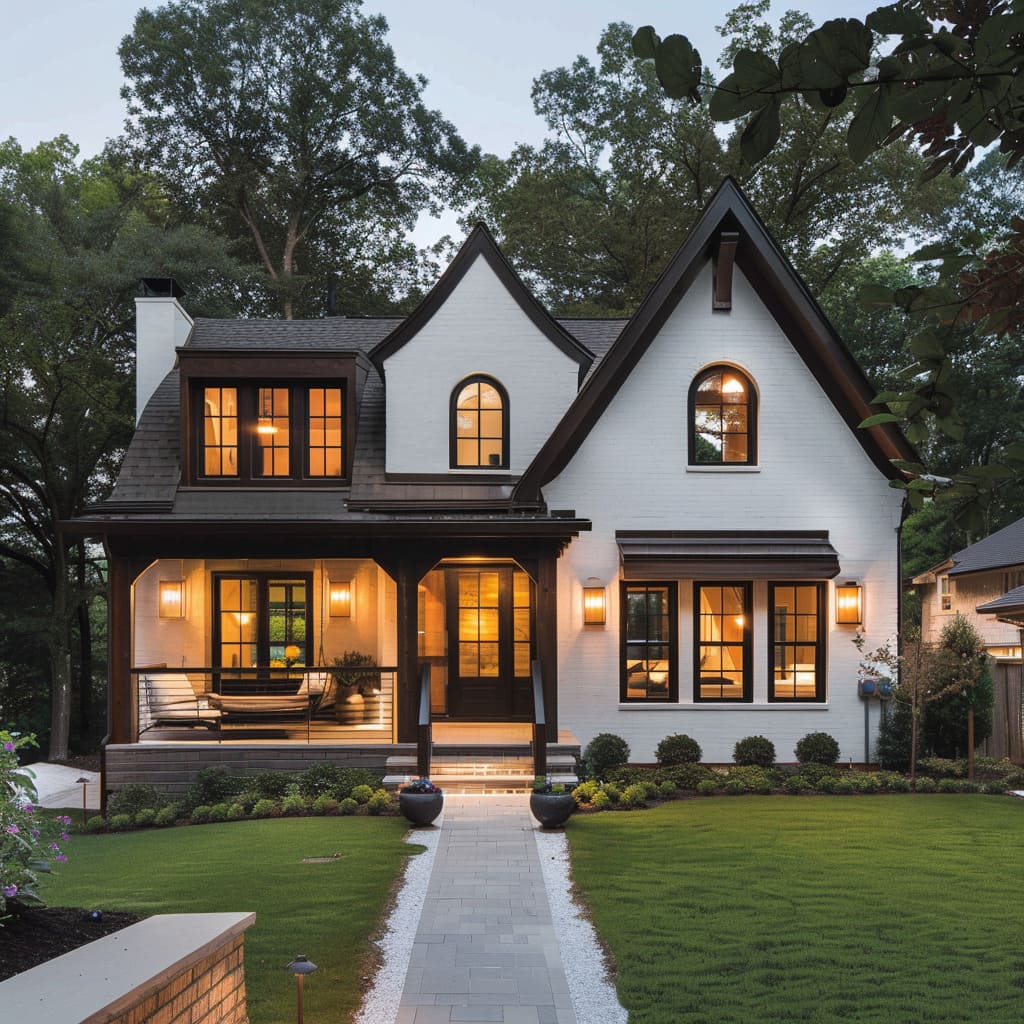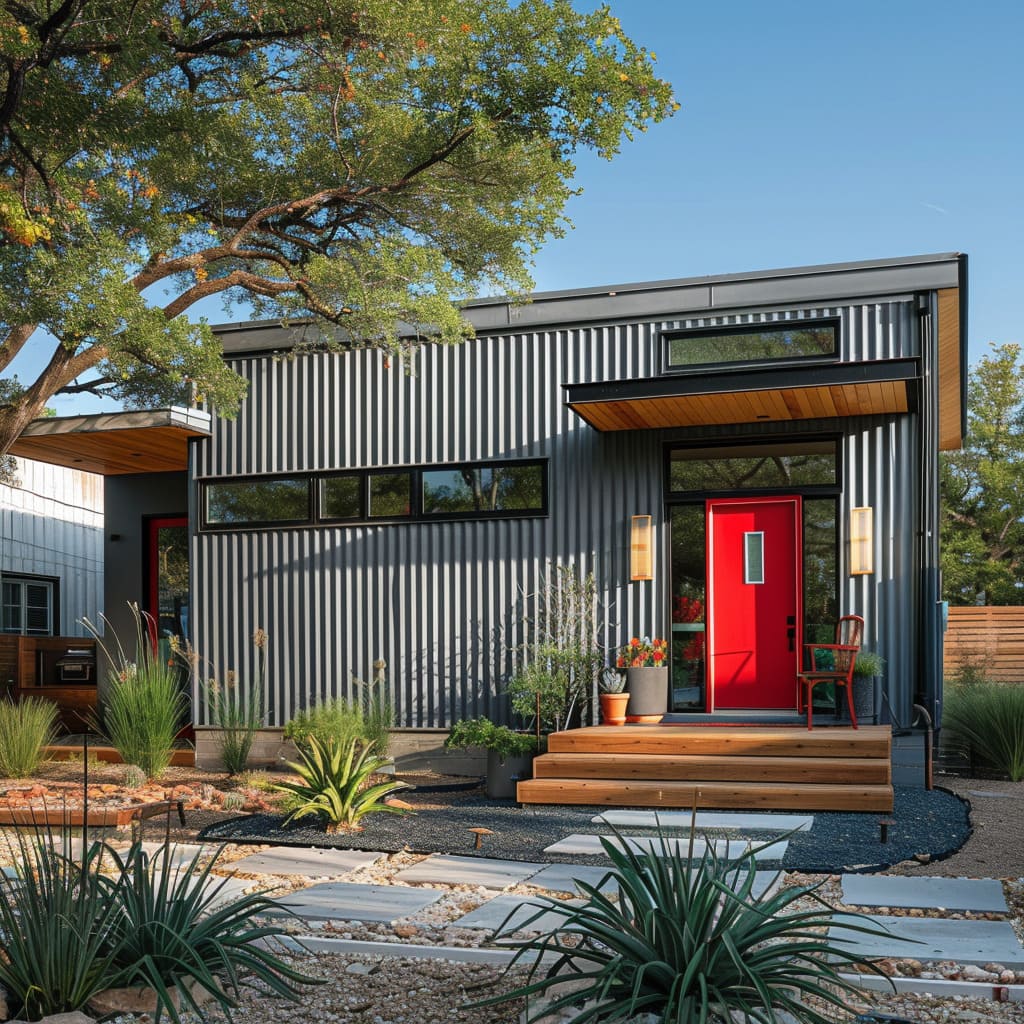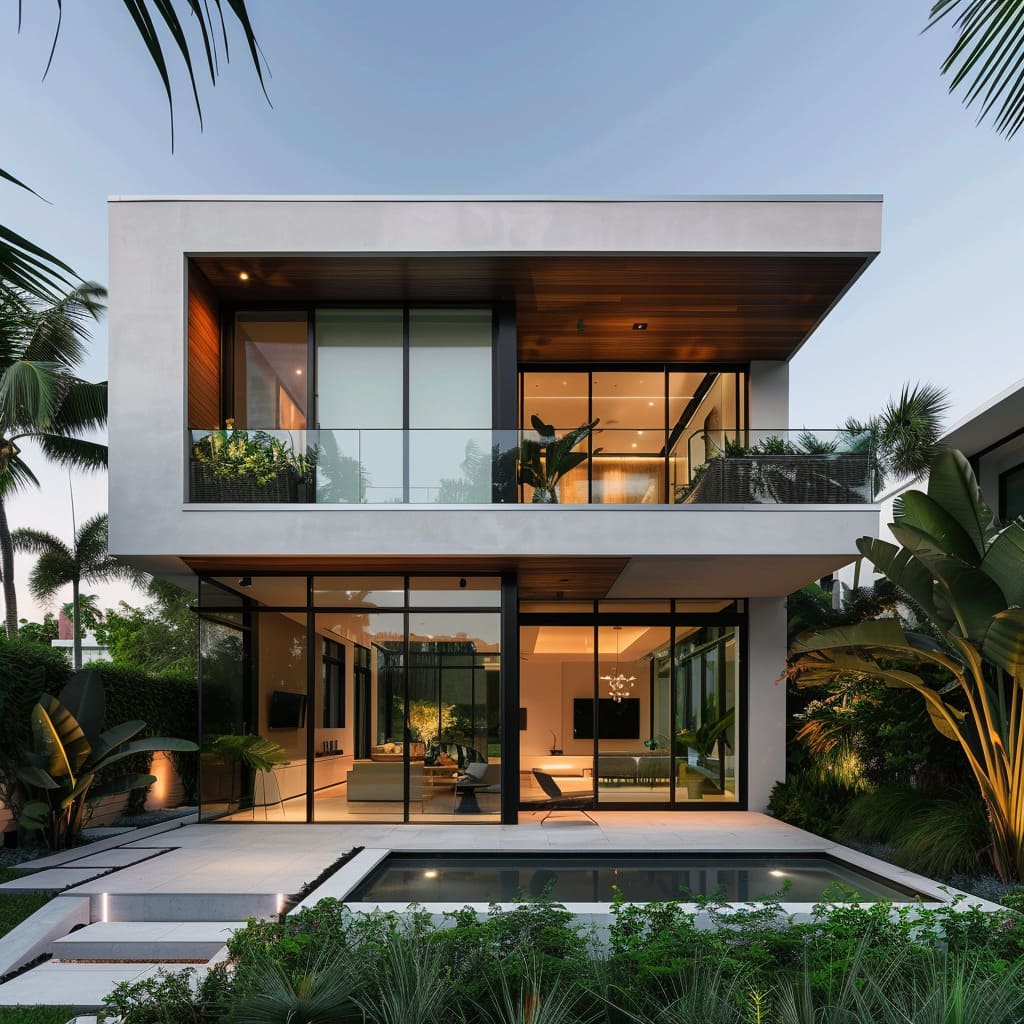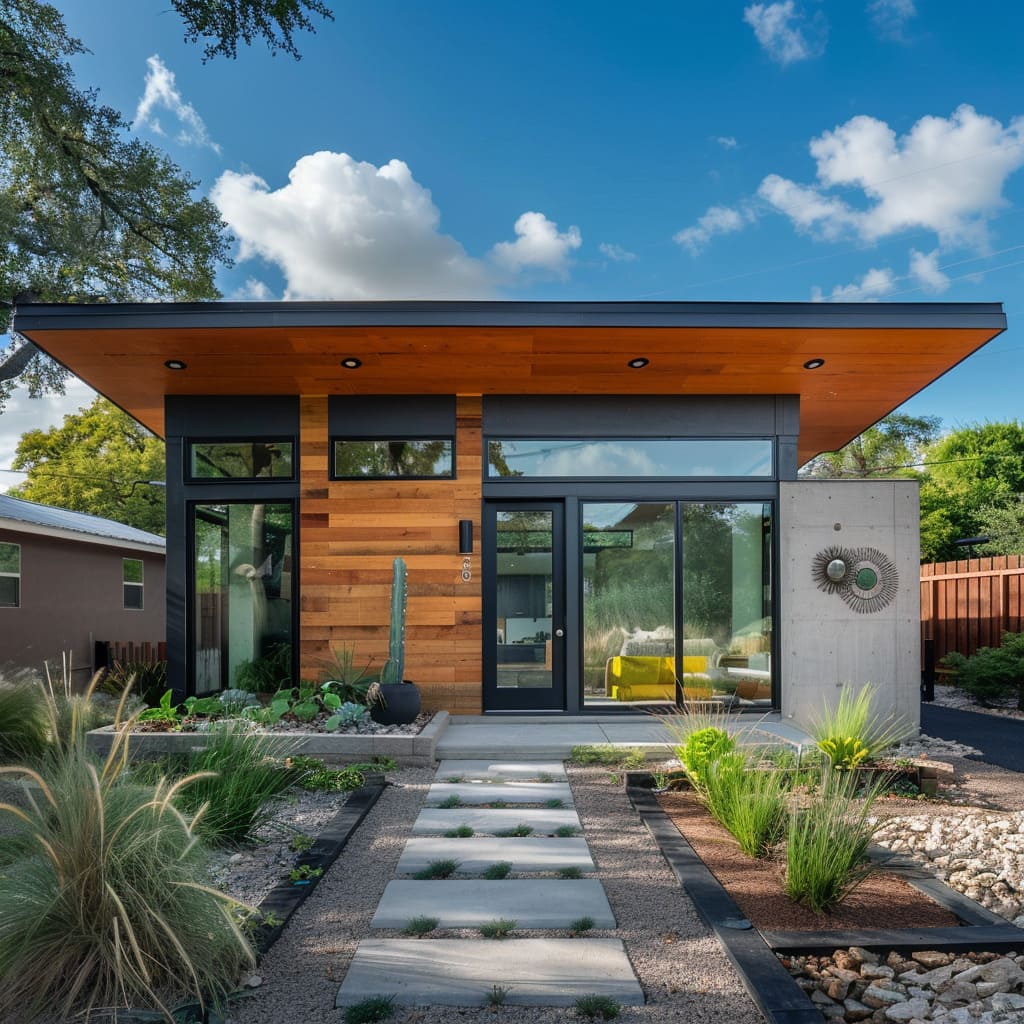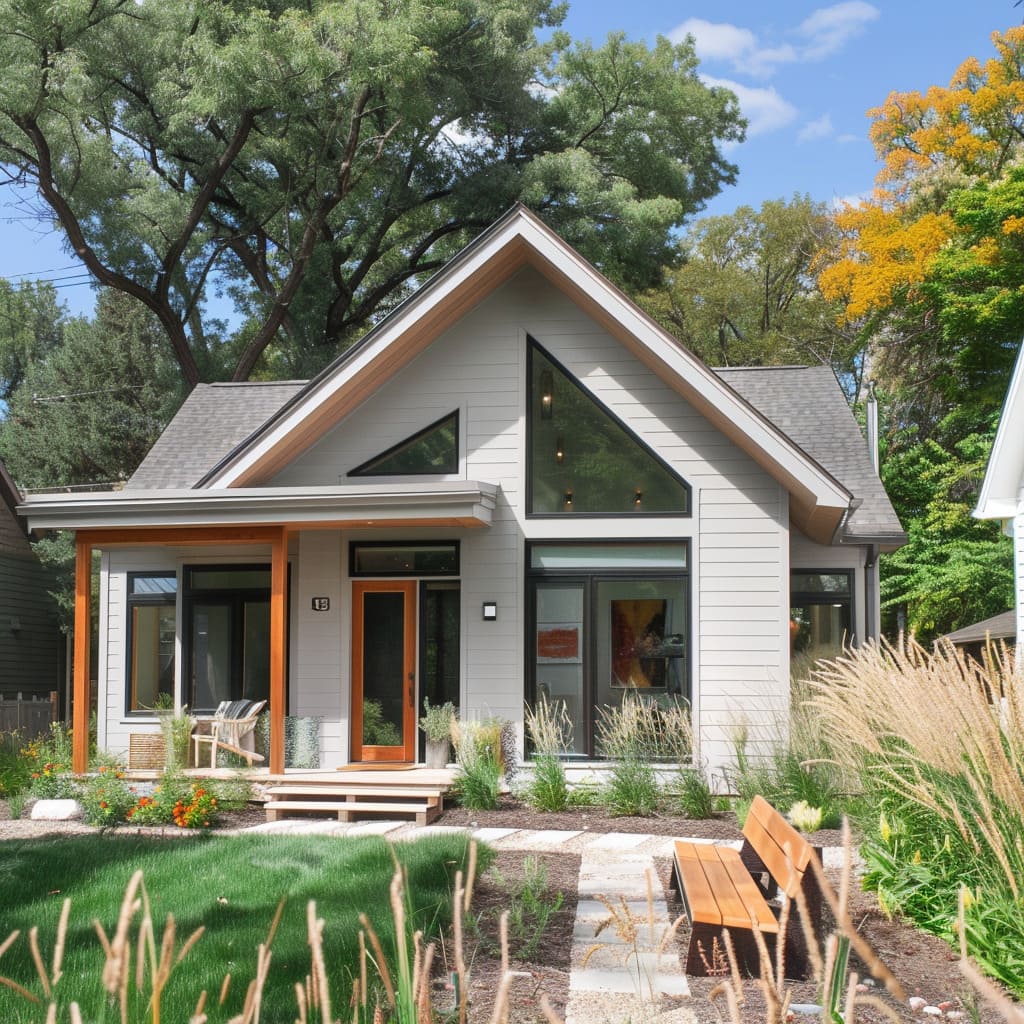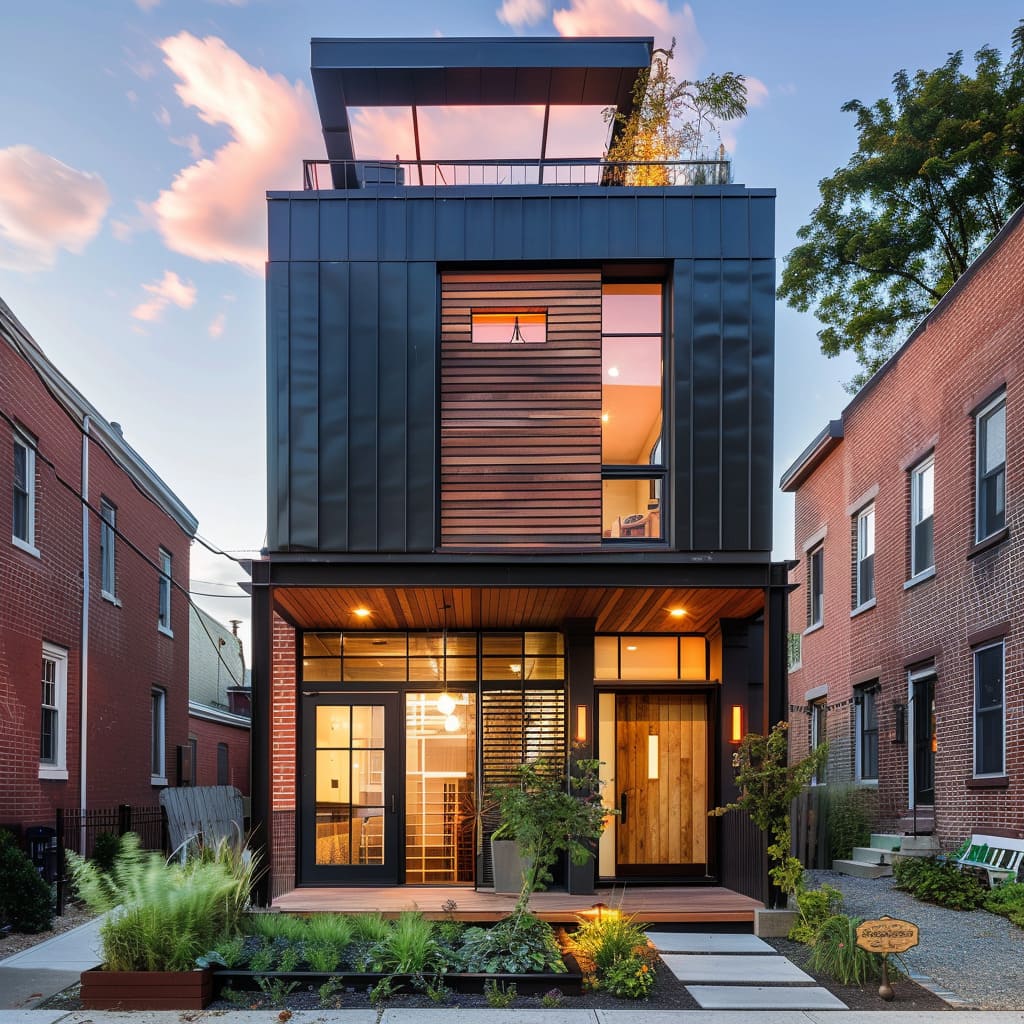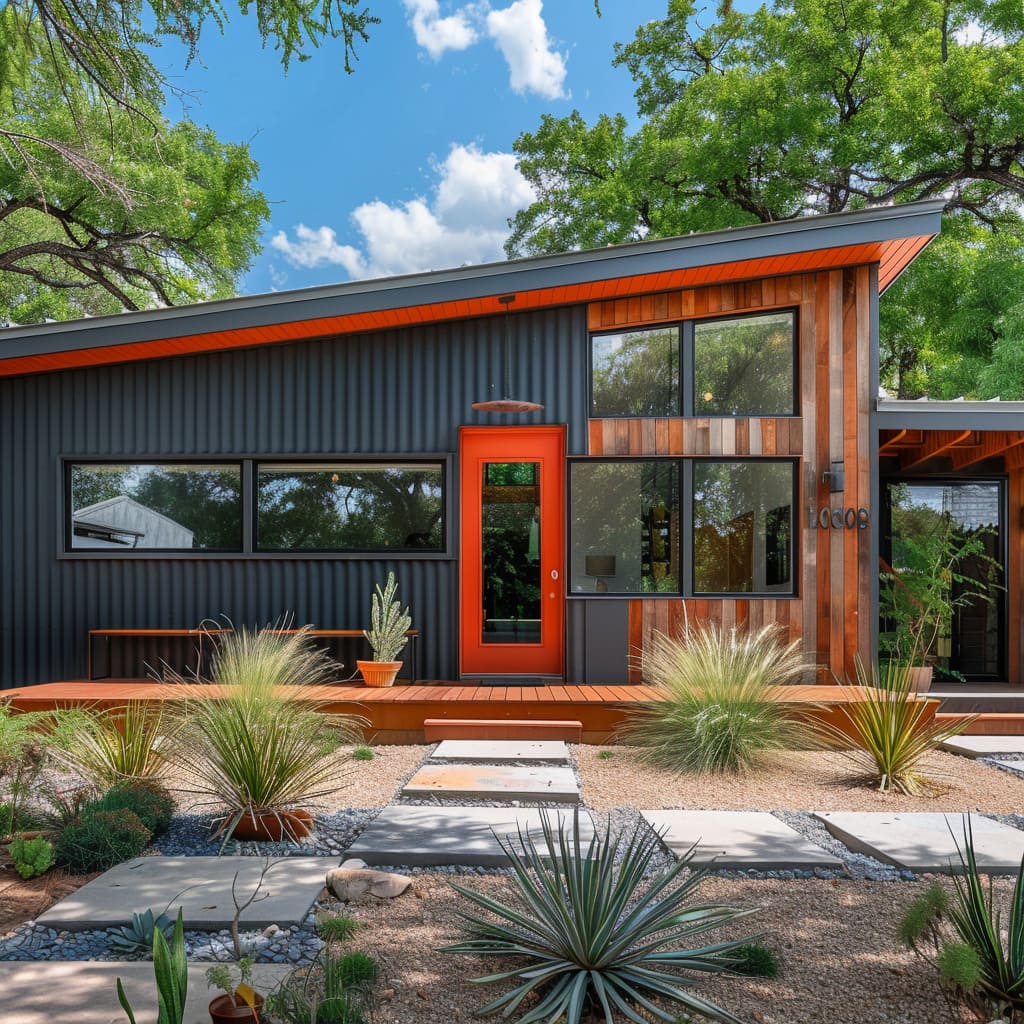Building a custom home is one of the most significant investments you’ll ever make. Choosing the right builder can make the difference between a smooth, rewarding experience and a stressful, costly ordeal.
The builder you select will become your partner in creating the home you’ve always envisioned, so it’s crucial to make an informed choice. This guide will walk you through the key steps in hiring a custom home builder, ensuring that your dream home becomes a reality with as few complications as possible.
Define Your Vision
Before you start searching for a builder, it’s essential to have a clear idea of what you want in your new home. This involves considering the style, size, and specific features you desire.
Do you prefer a modern or traditional design? How many bedrooms and bathrooms do you need? Are there particular amenities or custom features that are must-haves for your family? Additionally, setting a realistic budget is crucial. Knowing your budget helps narrow down your choices and ensures that you and your builder are on the same page from the beginning.
Research Potential Builders
Once you have a clear vision of your home, it’s time to start researching potential builders. Begin by asking for recommendations from friends, family, and colleagues who have built custom homes.
Online reviews and ratings can also provide valuable insights into a builder’s reputation and quality of work. Local building associations and real estate agents can be excellent resources for finding reputable builders in your area.
Ensure that the builders you’re considering are properly licensed and insured, which protects you from potential liabilities and ensures adherence to industry standards.
Review Portfolios and Past Work
Examining a builder’s portfolio is a critical step in the selection process. A comprehensive portfolio showcases the diversity and quality of the builder’s previous projects.
Look for examples of homes similar to what you envision, paying close attention to the level of craftsmanship and attention to detail. This review will give you an idea of the builder’s capabilities and whether their style aligns with your preferences.
Additionally, visiting some of these homes in person, if possible, can provide a more tangible sense of their work quality.
Check References and Testimonials
Talking to previous clients is one of the best ways to gauge a builder’s reliability and professionalism. Ask the builder for a list of references, and take the time to contact them.
Inquire about their overall experience, the quality of the work, adherence to schedules, and how the builder handled any issues that arose during the project. Genuine feedback from past clients can provide a clearer picture of what to expect and can help identify any potential red flags.
Evaluate Communication and Rapport
Effective communication is essential when working with a custom home builder. You need a builder who listens to your needs, understands your vision, and keeps you informed throughout the process.
Arrange meetings with potential builders to discuss your project and observe their responsiveness and willingness to answer your questions. A builder who communicates clearly and consistently is more likely to ensure that your project runs smoothly and meets your expectations.
Understand the Builder’s Process
Every builder has a unique approach to the home-building process. Understanding this process can help you determine whether a builder is a good fit for your project.
Ask potential builders to explain their process in detail, including how they handle design, permits, construction, and inspections. Transparency in timelines and cost estimates is crucial.
A builder who is open about their process and provides clear, realistic estimates will help you avoid surprises and keep your project on track.
Discuss Customization and Flexibility
Customization is a key aspect of building a dream home. Discuss with potential builders how they handle custom requests and changes during the construction process.
Some builders offer more flexibility than others, and it’s important to find one who can accommodate your specific needs and preferences. Flexibility in making changes ensures that your home will be tailored to your exact specifications, even if you decide to make adjustments along the way.
Review Contracts and Warranties
A thorough and clear contract is essential for a successful building project. Review the contract carefully to ensure it includes all the details of your agreement, such as timelines, costs, materials, and specifications.
Pay close attention to the warranty offered by the builder. A good warranty provides peace of mind, covering potential issues that may arise after the construction is complete.
Ensure that the warranty covers both materials and workmanship for a reasonable period.
Consider the Builder’s Network
The quality of subcontractors and suppliers a builder works with can significantly impact the quality of your home. Builders with strong, reliable networks are more likely to deliver high-quality results.
Ask potential builders about their relationships with subcontractors and suppliers, and consider the reputation and reliability of these partners. A well-connected builder can ensure that your project is completed efficiently and to a high standard.
Visit Ongoing Projects
If possible, visit some of the builder’s current projects. This allows you to see their work in progress and get a sense of their construction practices and site management.
Observing an ongoing project can provide insights into the builder’s attention to detail, cleanliness, and organization. It also offers an opportunity to speak with current clients about their experiences, giving you additional perspectives on the builder’s performance.
Make Your Decision
After thoroughly researching and evaluating potential builders, it’s time to make your decision. Consider all the factors discussed, including the builder’s experience, portfolio, communication skills, process, flexibility, contract terms, and network.
Trust your instincts and choose a builder who not only meets your criteria but also feels like the right fit for your project. A good rapport and mutual trust between you and your builder are essential for a successful collaboration.
Conclusion
Choosing the right custom home builder is a crucial step in making your dream home a reality. By following these detailed steps, you can ensure that you select a builder who is capable, reliable, and aligned with your vision.
Building a custom home is a significant undertaking, but with the right builder by your side, it can be an exciting and rewarding journey. Take your time, do your research, and trust your instincts to find the perfect partner for your project.

